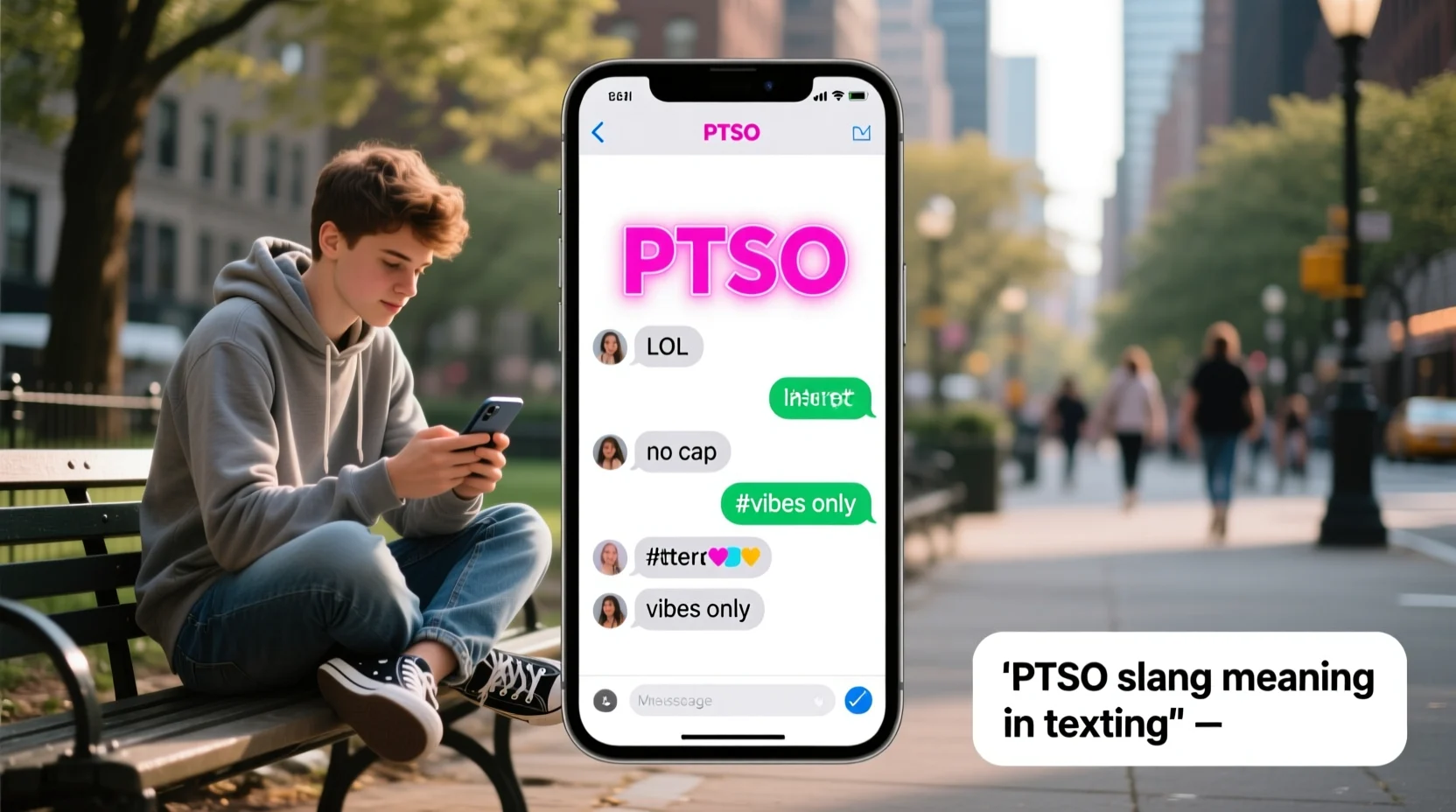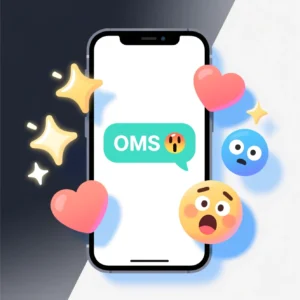Slang is a vital part of modern communication, and one term you may have recently come across is PTSO. Whether in texting, social media, gaming, or online forums, understanding this term helps you communicate clearly and avoid misunderstandings.
In this article, we’ll explore the meaning, origin, usage, and nuances of PTSO slang. You’ll also learn how to respond appropriately, the term’s cultural variations, and potential misconceptions, ensuring you stay confident in any conversation.
By the end, you’ll have a full understanding of PTSO slang and how it’s used in different contexts.
Definition & Meaning
The slang term PTSO generally stands for “Please Take Some Off” in texting or casual online conversations. Depending on context, it may also mean:
- “Put That Some Off” (less common)
- “Push To Send Off” in gaming contexts
It’s often used to request someone to remove something, reduce intensity, or stop a particular action.
Example Dialogue:
Alex: “You’re spamming too many emojis 😅”
Jordan: “PTSO, okay?”
Alex: “Got it, I’ll slow down.”
Key Points:
- Acronym-based slang.
- Common in texting, social media, and gaming.
- Usage depends on context and conversation style.
LSI Keywords: ptso slang meaning, ptso texting, ptso in social media, ptso online, ptso abbreviation
Background & History
PTSO is a modern texting acronym, emerging with the rise of instant messaging and online chat platforms.
Origins
- Early 2010s: First seen in online forums and chat rooms.
- 2015–2020: Spread through Twitter, Discord, and gaming communities, particularly in competitive games where quick communication matters.
- Today: Recognized in social media, casual texting, and informal professional chat apps like Slack.
The term reflects the trend of condensing long phrases into quick, easy-to-type acronyms, a hallmark of internet slang culture.
Pro Tip: Because it’s an acronym, understanding context is essential. Misinterpretation is common if someone is not familiar with online slang.
Usage in Various Contexts
Texting
Sophie: “You’re sending too many memes 😅”
Emma: “PTSO, I didn’t realize!”
Social Media
- Twitter: “PTSO, can someone stop tagging me in every post?”
- Instagram Stories: “PTSO, I need a break from all these polls!”
Gaming Communities
- In multiplayer games:
Player1: “Stop spamming the chat with pings”
Player2: “PTSO, got it!”
Casual Conversations
Ryan: “You’re overloading the group chat.”
Mike: “PTSO, I’ll chill.”
Tip: Always interpret PTSO based on context; it’s casual and mostly informal.
Common Misconceptions & Clarifications
Misconceptions
- PTSO is rude: Usually not; context determines tone.
- PTSO is universal: Acronyms can differ across communities.
Dialogue Example:
Alex: “Is PTSO offensive?”
Jordan: “Not really, just a quick way to say ‘please take it easy.’”
Key Tip: Understanding slang in context is essential to avoid miscommunication.
Similar Terms & Alternatives
| Term | Meaning/Use Case | Notes |
|---|---|---|
| BRB | Be right back | Quick pause in conversation |
| SMH | Shaking my head | Expressing disapproval |
| TL;DR | Too long; didn’t read | Summarizing content |
| LOL | Laugh out loud | Humor or lighthearted tone |
These acronyms share similar online texting usage with PTSO and help maintain concise communication.
How to Respond to PTSO
Responses vary depending on context:
- Casual:
“Okay, I’ll stop now!”
- Funny:
“PTSO? More like PTSO twice! 😂”
- Professional/Neutral:
“Understood, I will reduce my posts/messages.”
- Privacy-Conscious:
“Can we communicate differently? PTSO is unclear.”
Regional or Cultural Differences
- North America & Europe: Most common in online chat and social media.
- Asia & Latin America: Increasingly used in English-speaking online communities, but less common among local languages.
Tip: Always consider audience familiarity before using acronyms in international settings.
Comparison with Similar Terms
| Acronym | Meaning | Context | Notes |
|---|---|---|---|
| PTSO | Please take some off | Texting/social media | Casual, context-dependent |
| BRB | Be right back | Online chat, casual texting | Pause in conversation |
| SMH | Shaking my head | Social media messaging | Expressing mild disapproval |
| TL;DR | Too long; didn’t read | Blogs, forums, messages | Summarizes content |
Usage in Online Communities & Gaming
On platforms like Discord, Twitter, or Reddit, PTSO appears to:
- Reduce spam or excessive messages.
- Request other players to slow down or stop an action.
- Express light frustration or ask politely.
Tip: Avoid using PTSO in professional emails unless your audience is familiar with internet acronyms.
Hidden or Offensive Meanings
PTSO is mostly neutral, but context can make it appear abrupt or impatient. Tone, audience, and medium matter.
- Friendly tone: casual or playful
- Aggressive tone: could seem rude
Always pair the acronym with clarifying context or emojis to prevent misinterpretation.
Suitability for Professional Communication
PTSO is informal and generally unsuitable in professional emails or formal communication. Use alternatives:
- “Please reduce the messages.”
- “Kindly remove some items from the list.”
- “Please slow down on notifications.”
FAQs
Q1: What does PTSO mean?
A: Mostly “Please Take Some Off,” used in casual texting or online chats.
Q2: Is PTSO rude?
A: Usually not; tone and context matter.
Q3: Can PTSO be used professionally?
A: No, use formal alternatives.
Q4: Where is PTSO popular?
A: North American and European online communities, social media, and gaming.
Q5: Are there similar acronyms?
A: Yes, BRB, SMH, TL;DR, LOL are commonly used.
Q6: How should I respond to PTSO?
A: Responses can be casual, funny, neutral, or privacy-conscious, depending on context.
Q7: Does PTSO have multiple meanings?
A: Rarely; most commonly, it’s “Please Take Some Off,” though context may slightly alter its interpretation.
Conclusion
PTSO is a modern, acronym-based slang term primarily used in texting, social media, and gaming. It allows people to communicate concisely and politely request someone to reduce activity or content.
Understanding PTSO helps you respond confidently, avoid misunderstandings, and navigate online communities effectively. In professional or formal communication, always use a neutral alternative to ensure clarity and courtesy.



